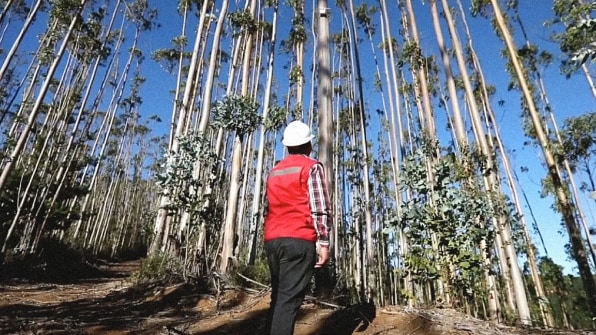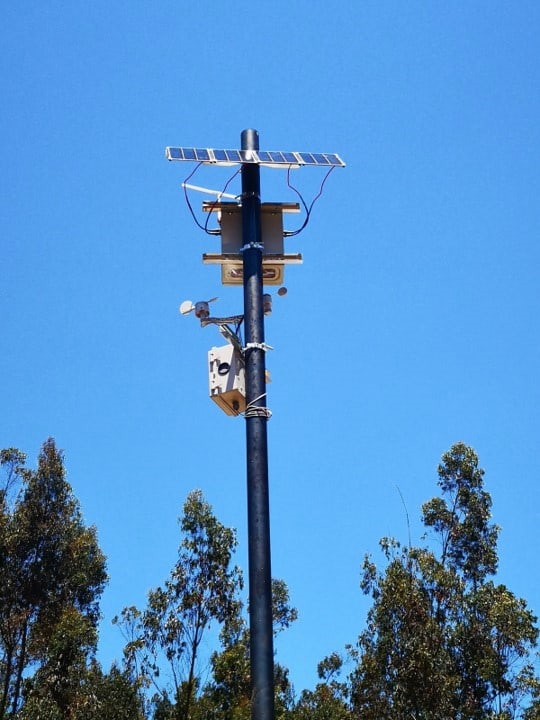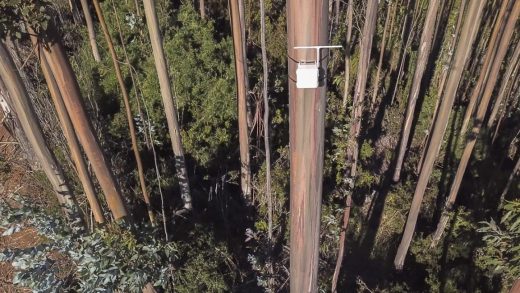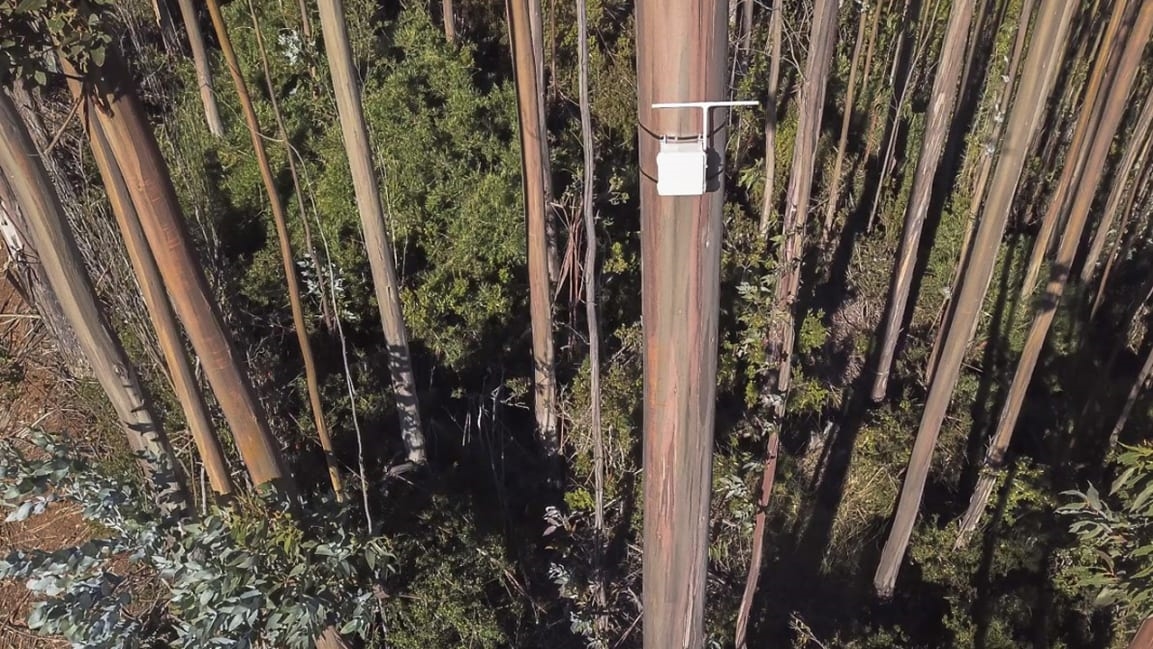These “digital noses” in trees sniff the air for forest fires
High in a tree in a Chilean forest, a small white sensor is continuously monitoring the air, sending data back into a system that is detecting the start of a wildfire—so firefighters can respond more quickly to put it out.
“We’ve been saving around 12 minutes in the time from when we spot a fire to when we can actually get someone out there,” says Andres Arana, the Latin America director for DataRobot, which partnered with Entel Ocean, the digital unit of Chile’s largest telecom company, on the project. In a wildfire, each minute matters; a fire might move as quickly as 14 miles an hour, so early detection might mean saving a few miles of forest and potentially stopping the blaze before it reaches homes.

The sensors, also called sniffers or digital noses, gather as much data as possible about the local air quality. “They’re collecting data about particulate matter, relative humidity, and temperature,” says Leonor Ferrebuz from Entel Ocean. The system then analyzes the results using DataRobot’s AI platform, which uses machine learning on data from previous fires to be able to recognize an emergency—the system is trained to tell, for example, if smoke is likely coming from a campfire and not burning trees.
As climate change continues to make wildfires larger and more destructive, this type of technology is likely to become more common. In California, another startup is developing an AI tool that can search detailed satellite data covering every acre of the state’s forest every 10 minutes, looking for signs of fire and sending alerts to firefighters.

In Chile, as in several other parts of the world, wildfires are a growing problem. “Fires are one of the main challenges here,” says Marcela Díaz, a business line manager at Entel Ocean. The country has suffered from a decade-long drought and record-setting heat waves. Non-native trees that were planted to be harvested for paper and wood, including eucalyptus and pine, are more flammable than native species. Wildfires in the country have been getting more intense; in 2014, major fires destroyed thousands of homes, and in the fire year between 2016 and 2017, an area nearly twice the size of Rhode Island burned. Last year, as the country was rocked by political unrest, some fires were started by arsonists.
The government also hires staff to work in fire lookout towers during the fire season, and some cameras have also been installed so that others can watch for fires remotely. But the sensors can help cover more area. When the system detects a problem, it sends the people working in lookout towers a text or radio alert to confirm the problem. The team has installed 300 sensors so far. “We become part of the chain, because we give insight before the eye, either technological or human, can see [a fire],” says Ferrebuz.
(10)



